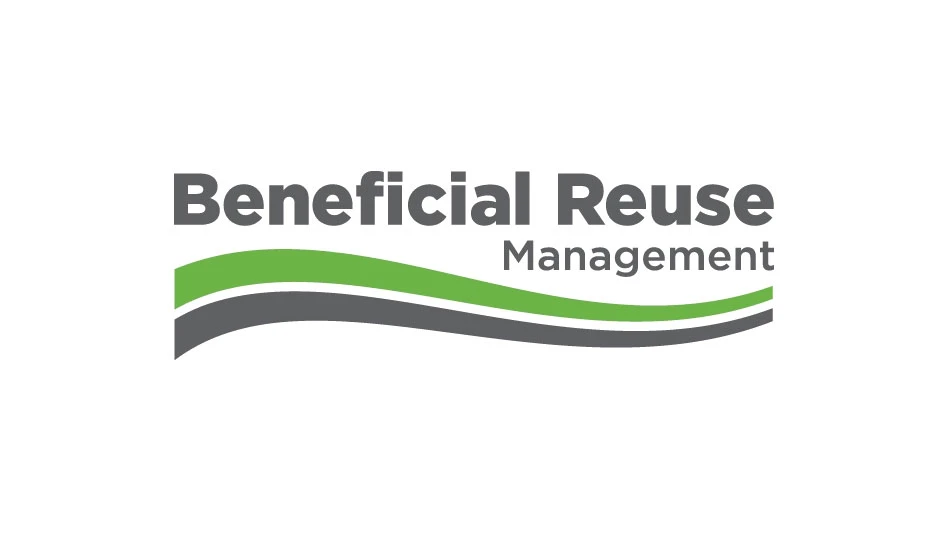
Typically considered a “hidden” industry by the general public, the inner workings of the solid waste industry rarely are seen by the average person. Aside from the faithful collection trucks driving down the street for weekly trash and recycling pickup, many facets of the industry are left to the public imagination.
This phenomenon holds true even in some regulatory agencies, where specifications for waste management practices rarely are explored in depth. While government agencies such as the Occupational Health and Safety Administration (OSHA) offer general guidelines for workplace safety, specialized industries like solid waste management often are left without detailed standards and training recommendations.
This is typically where industry associations come in, filling in the “gray areas” left unaddressed by government entities. Offering resources ranging from safety manuals and research reports to legislative updates and industry advocacy, organizations such as the Solid Waste Association of North America (SWANA), Silver Spring, Maryland, and the Arlington, Virginia-based National Waste & Recycling Association (NWRA) serve as a guide for waste and recycling professionals seeking to better their operations.
The NWRA, for example, has helped develop national standards for waste and recycling operations. As a secretariat for the Z245 Accredited Standards—a set of national standards for waste and recycling equipment, facilities and operations, overseen by the American National Standards Institute (ANSI)—the organization has been tasked with updating voluntary guidelines for waste and recycling practices from collection to processing.
With ANSI, the association has created eight subcommittees that will work to establish safety and operational recommendations for refuse collection and transportation, stationary compactors, waste containers, facilities, baling equipment, size-reduction equipment and landfills.
The ANSI Z245 Accredited Standards Committees consist of organizations, companies, government agencies and individuals with a direct, material interest in the activities of each subcategory.
A leader for landfill safety

The landfill subcommittee is a recent addition to the Z245 standards, which were last updated in 2017. Dave Malter, president and owner of Malter Associates—a McKinney, Texas-based health and safety consulting firm—chairs the Z245 landfill subcommittee.
“The American National Standard Z245 Committee has been around a long time; it well predates me and a lot of the people working on developing the standards,” Malter says.
“If you look at our industry, whether it’s on the hauling side or the landfill or transfer station side, we don’t really fit into one specific agency that might be enforcing it. That’s what we try to do with the ANSI Z245 standards. [We] look at industry practices and the way the industry does certain things safely and reach a consensus on what those [things] are.”
With more than 35 years of experience in the waste industry, Malter is uniquely qualified to help lead the effort to compose new landfill safety standards under Z245. Beginning his first waste-related role with Houston-based WM as an industrial hygiene manager in 1987, Malter spent close to 10 years working on landfills and identifying their safety challenges before starting his own consulting business.
“I’ve been on the ANSI committee since becoming safety manager for WM in 1992,” Malter says. “We’ve worked through [safety concerns] at different facilities, the first of which [were] material recovery facilities. Then, it was transfer stations, and, at some point, we thought, as a group, that landfills would come next, and I volunteered to be chair.”
With deliberations for the new Z245 landfill standards having started in 2017, Malter says the committee has spent significant time identifying safe practices for all persons who operate, design, construct, service and regulate landfills.“It’s the input of those in the committee that makes it such a valuable process and really make it what it is,” he says. “We’ve had lots of discussions about things we feel are important, whether it’s accidents, industry needs, etc. The real advantage is creating a standard that we can use to help educate other people.”
During committee discussions, Malter says members are considering several aspects of daily operations, including landfill gas and equipment-related emissions, traffic flows and protecting personnel and visitors.
“Landfill gas-to-energy plants have brought some unique hazards and some unique issues because of some of the emissions that can come from concentrated gas,” he says.
“Landfill operations also involve the use of heavy equipment, which brings concerns of diesel exhaust or carbon dioxide, especially in confined spaces.”
The greatest threat to personnel safety, however, is accidents related to improper equipment use and unsafe driving conditions, Malter says.
“There’s a lot of trucks that come in and out of a landfill; it’s a lot of moving parts,” he says. “Not only do you have industrial trucks, or heavy trucks, but there are also some areas for the public. So, there may be a public drop-off or a section of the landfill designated for the public [to dispose their waste].”
In these high-traffic areas, or “active areas,” the interaction of heavy equipment, trucks unloading and visitors can create a dangerous scenario if proper protocols aren’t established and followed. To better manage traffic flows, Malter first recommends implementing strict truck separation requirements.
“We don’t want to rewrite the OSHA regulations; we want to offer operators more specificity.” – Dave Malter, president and owner, Malter Associates
Managing traffic flow
By having inbound and outbound traffic maintain safe distances between vehicles, Malter says landfill operators can reduce the likelihood of a rollover accident.
“You need to allow for separation of trucks and maybe not have so many trucks tip at the same time,” he says.
Given the many conditions that can lead to a rollover accident, such as softened soil from rain or irregular weight distribution in a truck’s load, it is crucial to minimize tip-over risks to prevent fatal accidents or injuries.
“It’s not just that trucks tip over, it’s the consequences of what happens when they tip over. Sometimes drivers don’t follow the training they received and will do things like try to unload a frozen load where they may back up and quickly stop to free materials that are stuck,” Malter says, adding that loads with material stuck at the top of the trailer can pose a great risk for a rollover.
In March of last year, a rollover accident at the DeSoto Parish landfill in Mansfield, Louisiana, caused the death of a truck driver employed by Live Oak Environmental, Bossier City, Louisiana.
As previously reported by Waste Today, the accident occurred March 22 when the driver of a Lafayette, Louisiana- based Francis Drilling Fluids (FDF) truck pulled into one of the waste containment cells at the landfill to unload. As the driver raised the bed to release his load, the truck rolled over onto the Live Oak Environmental truck that was sitting next to it, waiting to discharge its load.
The driver died at the scene, and a second occupant of the truck received minor injuries.
According to an OSHA report on the incident, the FDF driver lifted the trailer to roughly its peak of 23 feet to unload soil when it became unstable and began to tip over. The end of the dump truck trailer then fell onto the driver’s side of the cab of the Live Oak Environmental truck. The two trucks were about 30 feet apart.
Greg Baker, a solid waste committee chairman for Hamilton County, told local news outlets spring rainfall contributed to unstable soil conditions. The county has made improvements to prevent rollover accidents since the incident, including purchasing equipment to measure compaction where trucks are unloading and placing mats for a more solid foundation for tractor-trailers.
Addressing key concerns
While the upcoming ANSI Z245 standards will not address every safety issue posed at a landfill, Malter says he hopes to cover the key concerns the industry needs guidance on.
“We don’t want to rewrite the OSHA regulations; we want to offer operators more specificity,” he says. “The ANSI standards are great reference points because you won’t see some of that in OSHA; you won’t see truck separation clearly spelled out for landfills.”
He adds, “There are also some practices in the upcoming standards that a large part of the industry is already following.”
According to the NWRA, the final vote for the ANSI Z245 standards will take place in October. The official standards are expected to be released in mid-2023.

Explore the October 2022 Issue
Check out more from this issue and find your next story to read.
Latest from Waste Today
- REI outdoors retailer hits zero waste target
- Minnesota awards $1M in waste reduction grants
- Nashville inches closer to establishing standalone solid waste department
- Los Angeles Sanitation and Environment wins brownfields grant
- Bain & Co. sees distant chemical recycling timeline
- Terex Ecotec launches new windrow turners
- FortisBC, Waga Energy open RNG facility at British Columbia landfill
- WasteVision AI partners with Samsara





